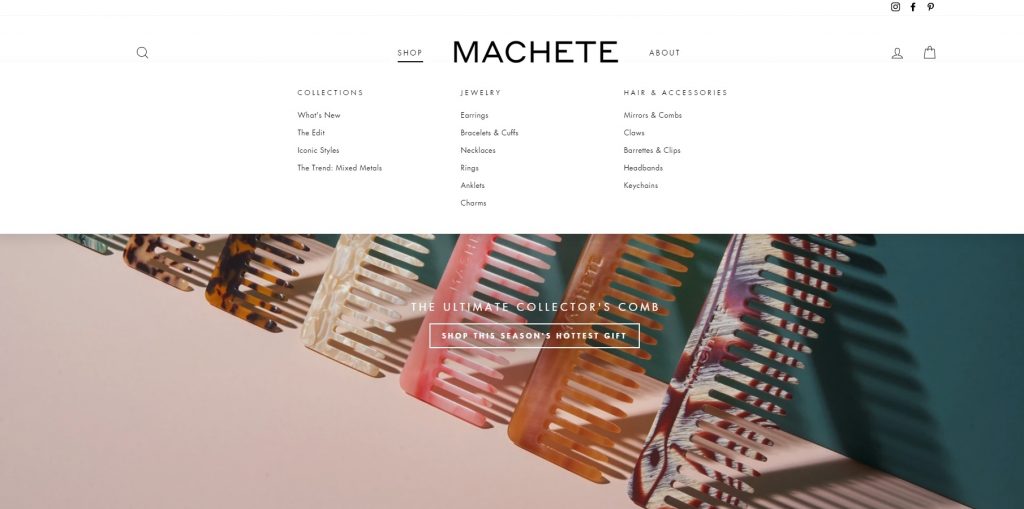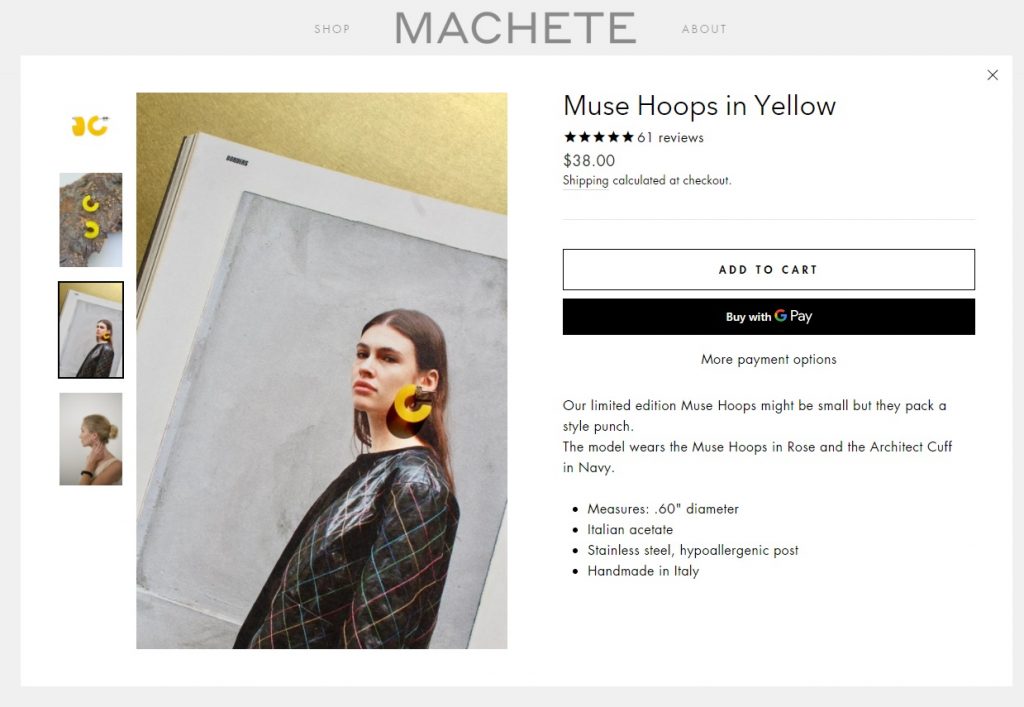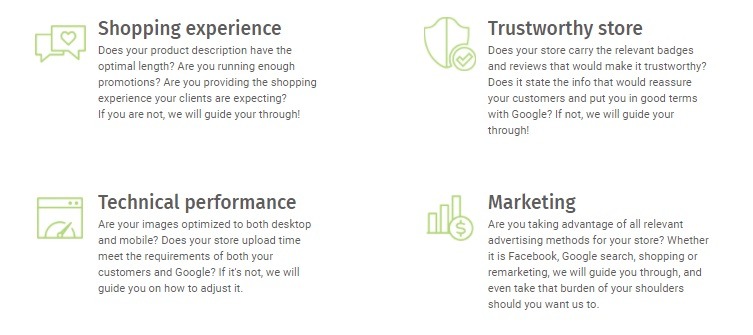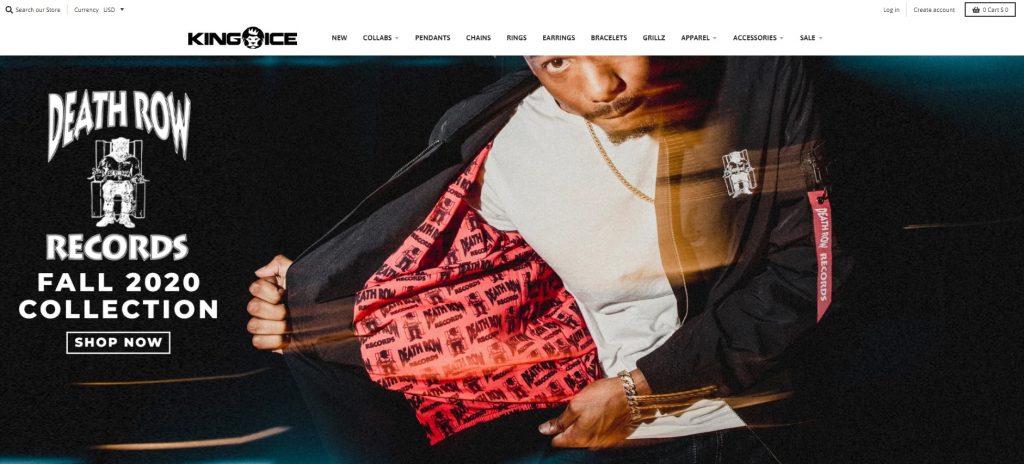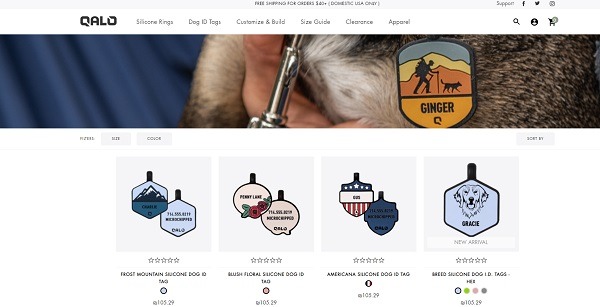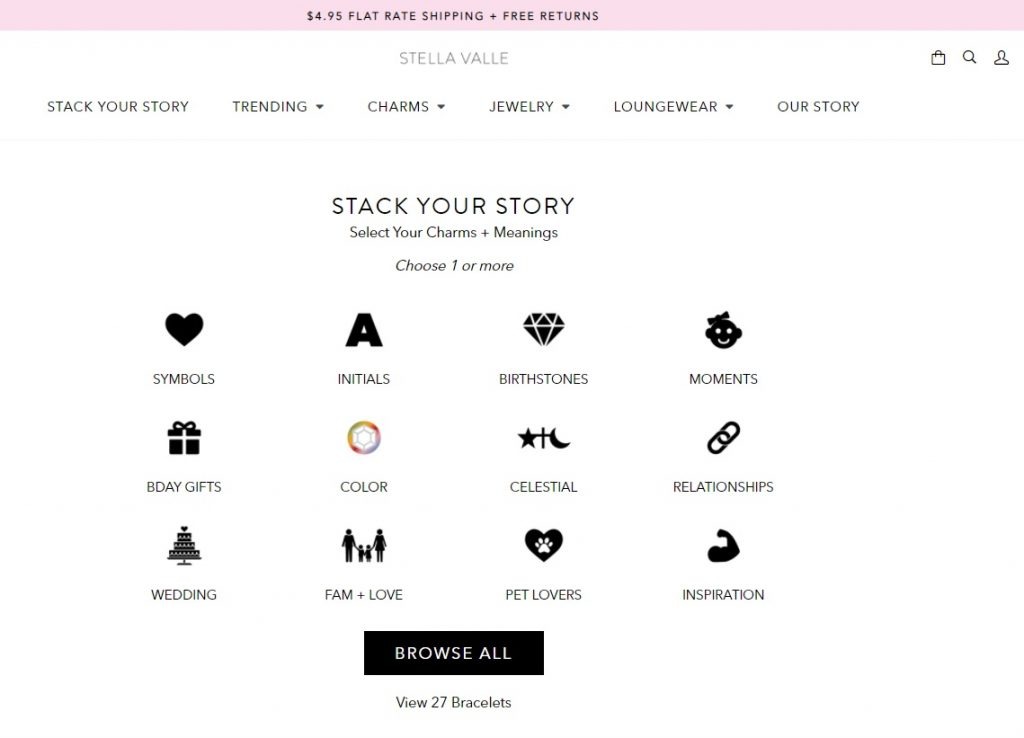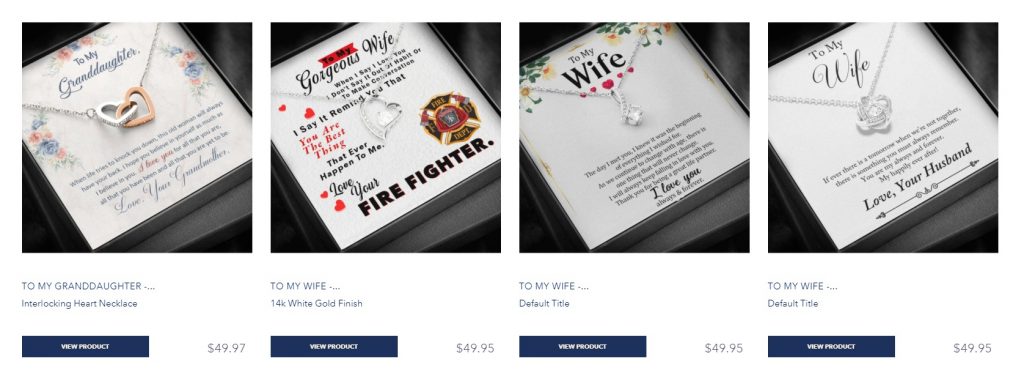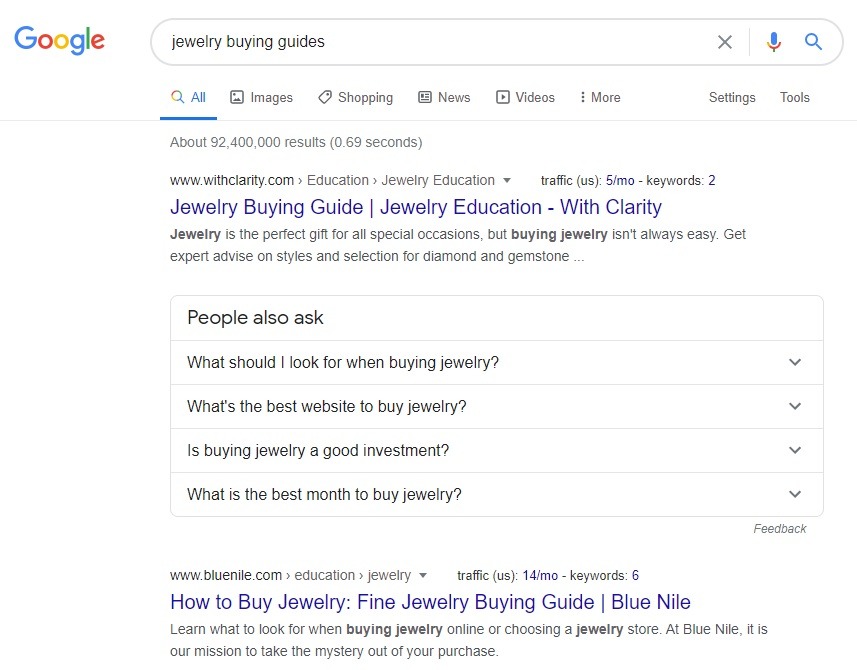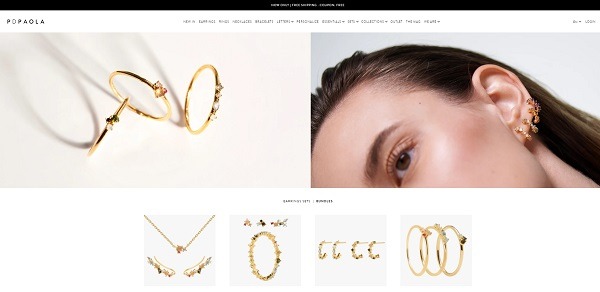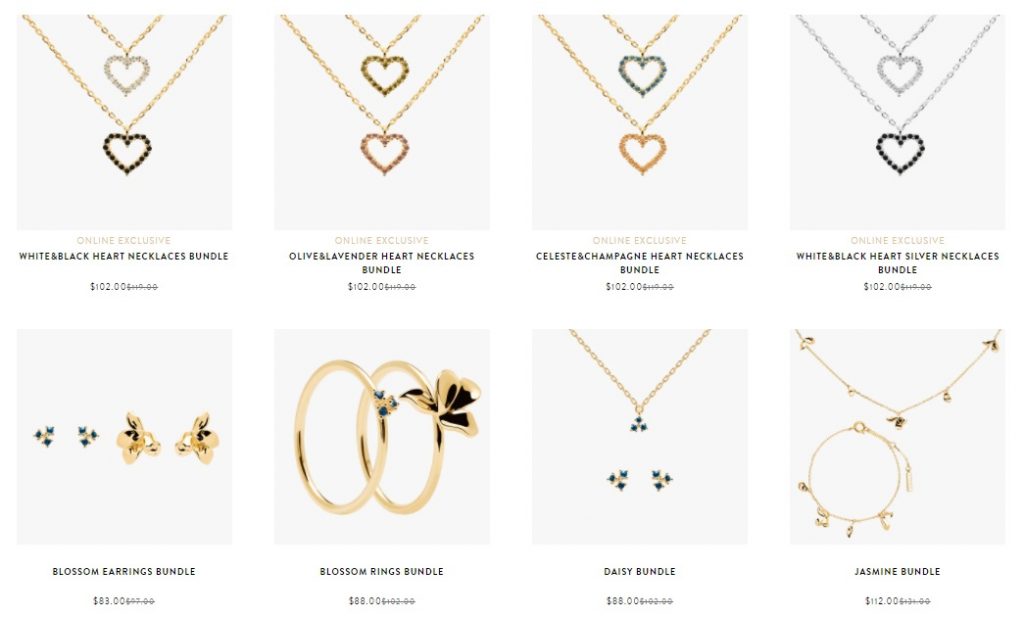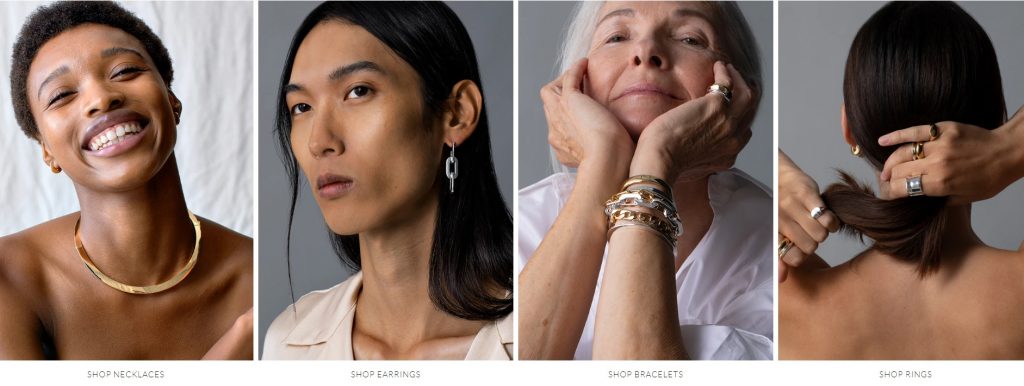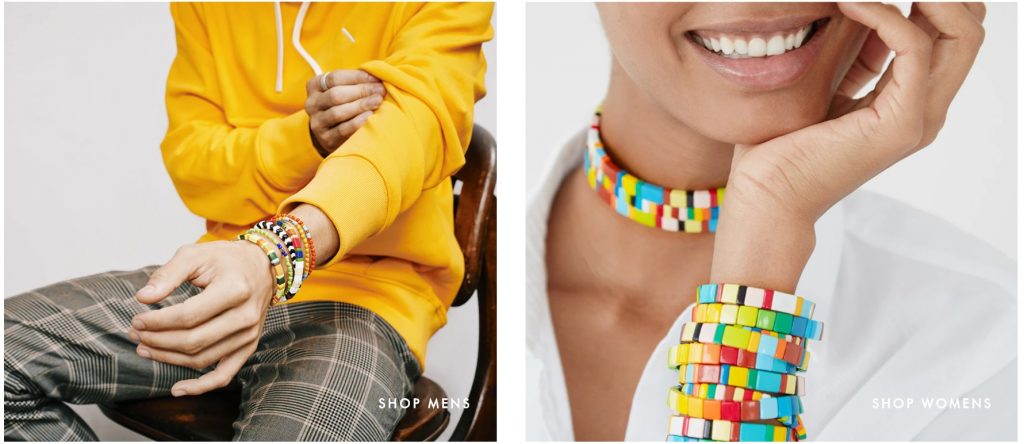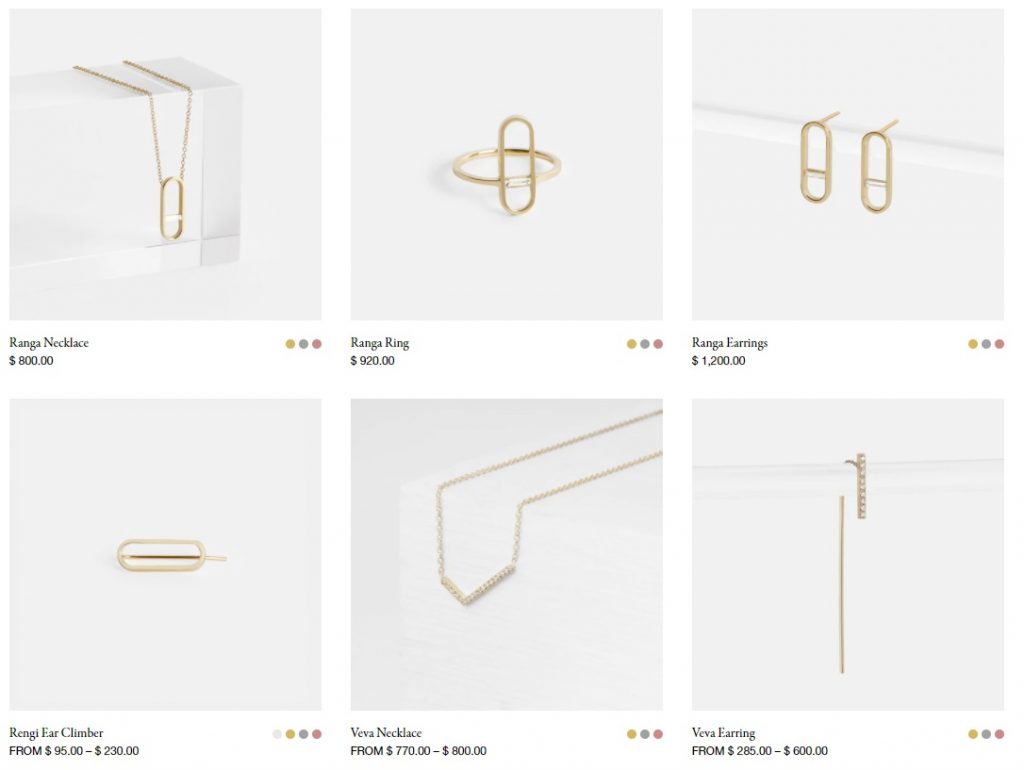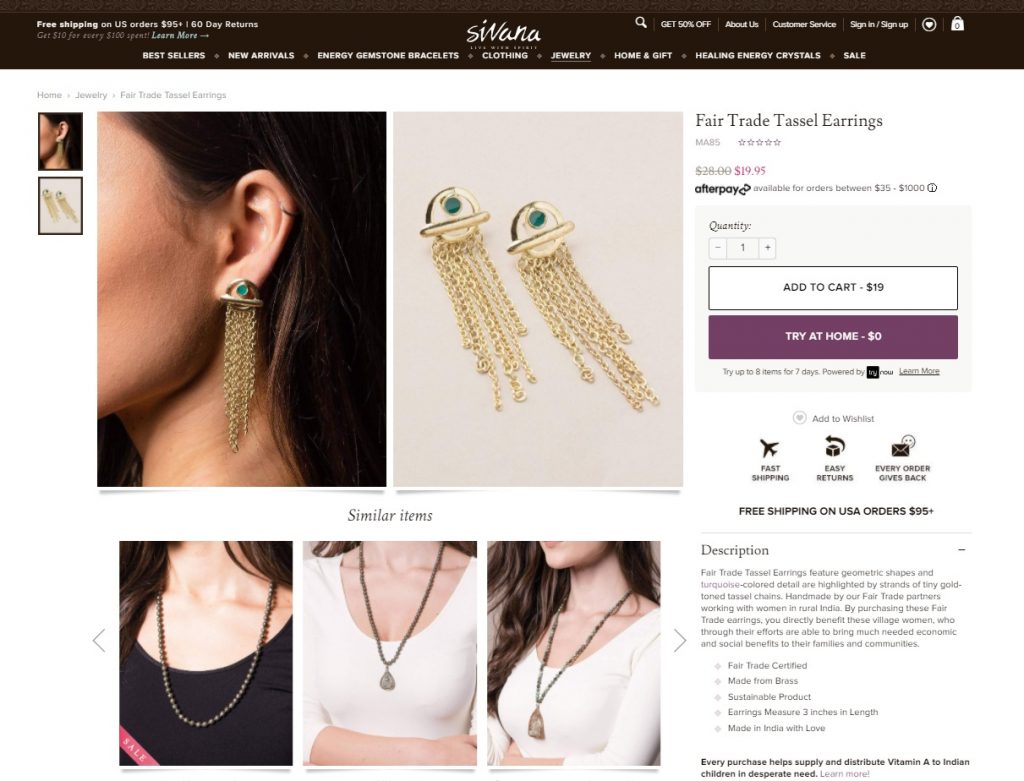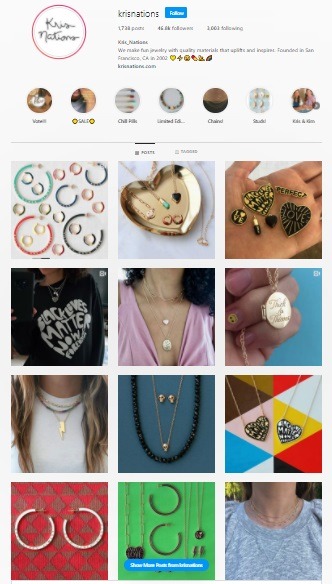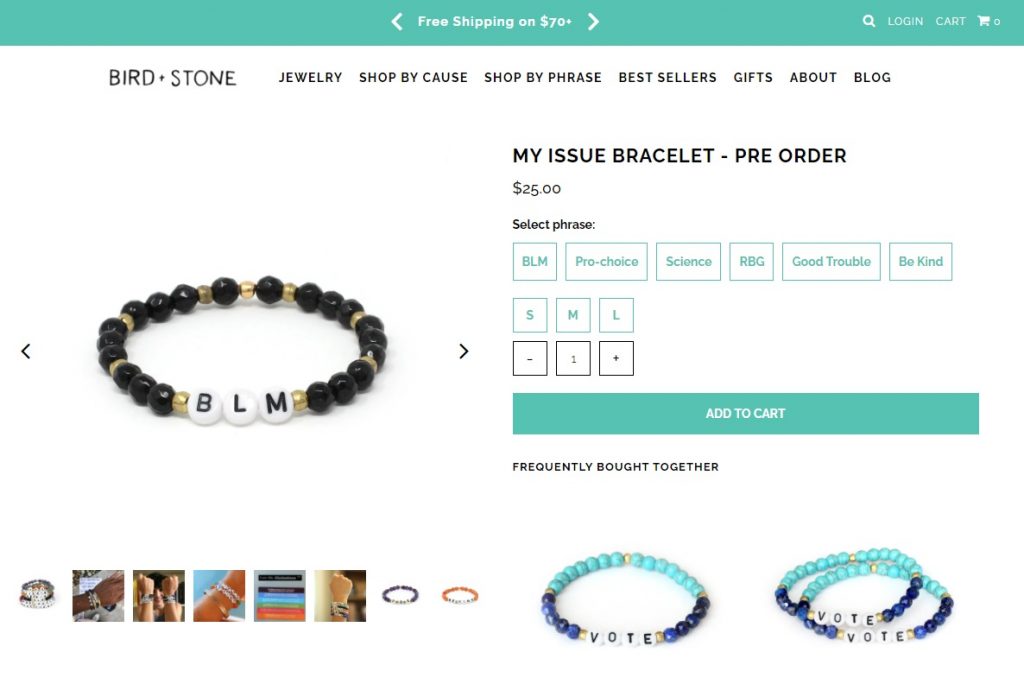If you’re wondering how to scale and grow your online jewelry business to exceed 8 figures, you’ve come to the right place. It is not only possible but with the right strategies, you have a chance to cash in on a big-earning niche in a tangible way.
If you’ve been following this blog for some time, you will know just how excited I get about growing eCommerce trends; and jewelry is a prominent niche featured on our Best-Selling and Trending Products to Sell lists – with more and more designers, eCommerce entrepreneurs, and boutiques jumping on to the jewelry niche bandwagon.
The online jewelry business market is set to grow by 14.5% by the end of 2020 and reach a whopping $19.88 billion in revenue by 2024. Add that to the fact that only 12% of the global market is dominated by the ten biggest jewelry brands; there is a lot of market space and revenue up for grabs. The secret to growing into this market and becoming a power-player is finding a way to stand out from the crowd and building a strong, unique brand identity.
An example of a winning online jewelry business that has managed to do just that is Machete. This Shopify Plus store has positioned itself as a “line of eco-conscious, affordable jewelry and accessories for everyday wear.”
So, what do you need to do to get your online jewelry business to this pro level?
In this post, I’ll give you the steps you need and essential insights on how to grow an online jewelry brand to not only dominate your niche but cash in on the huge revenue potential this eCommerce category has to offer.
Step 1: Do a Full Store Audit and Then Set Goals
Before you implement any eCommerce scaling strategy, you will need to see exactly where you stand. This is not just about assessing and evaluating your KPIs, but taking a comprehensive look at your brand, products, closest competitors, audience and their shopping experience, and niche dominance. You can either do this manually or use the free Benchmark Hero tool for a full eCommerce store audit in minutes. (If you’re using Shopify, you can go directly to the app store and download the app here.)
Knowing where you stand in every aspect of your online store business is vital before testing and implementing scale strategies. This will also enable you to define concrete goals for growing your online jewelry business, which you can then use as a benchmark for new scaling strategies.
Newbie Tip: For those of you new to KPIs, analytics, and goal-setting, head over to our eCommerce Attribution Modeling Made Easy, 54 Top eCommerce KPIs to Monitor for Max Success, or Google Analytics For eCommerce guides.
Step 2: Strengthen Your Jewelry Brand Identity and Go All in on Your Niche
The next step you need if you want to grow your jewelry store into an 8- or 9-figure business is to take a long, hard look at your overall brand identity and make the necessary small tweaks to make sure you are able to stand out from the crowd. Getting started is as simple as asking yourself these questions:
- What separates my eCommerce jewelry brand from the rest?
- Does my brand speak directly to my core target shoppers?
- Am I doing enough to show my brand identity across every aspect of my shoppers’ journey?
If you’re looking for inspiration in this department, then King Ice is an excellent place to start.
They prove that you don’t need to be over-the-top with your brand identity and that it’s about maintaining your ‘vibe’ through the details. In their case, this includes small design elements such as the pallet and layout of their homepage, on-point lifestyle product photos, and consistency of style through their product offers – which have grown to include apparel.
In short, they have managed – without any bells and whistles – to highlight the culture their brand fits into and stay consistent about it throughout their store.
Want more? You can get the inside scoop and expert hacks from this Create a Strong Brand Identity With These 9 eCommerce Branding Strategies post.
Step 3: Look for Ways to Expand to New Niches Without Alienating Your Core Market
Generally speaking, to truly grow a booming eCommerce business, you’re going to need to expand and grow your product lists. Even if you launched with one unique category, like the next successful jewelry store example, there are ways to break into new segments without straying too far off your branding path. The key is finding new niches to grow into that appeal to your core target audiences.
A good example of this is the QALO store. Initially launching with unique wedding rings for couples who don’t want all that traditional bling or people who find big rings cumbersome, their silicone rings have become a hot trend.
Since then, they have expanded to other niches but kept to their key ethos of comfort and versatility, which appeals to their core target market and is in line with their eCommerce brand. Their categories include apparel, customized rings, and – my personal favorite – dog ID tags.
Making the jump to dog ID tags may seem crazy, but they found a new niche that appealed to their audience specifically and were able to incorporate their brand style into this category. Thus increasing not only their potential shopper reach but sales opportunities – both of which are vital to being able to scale up your eCommerce business to pro level.
Bonus Content: How to Find a Profitable Niche for Your Online Store
Which brings us to the next step: using seasonal and shopping trends to expand categories and boost sales.
Step 4: Find Ways to Capitalize on Seasonal and Yearly Trends to Boost Sales and Extend Reach
Like with any eCommerce business, you want to keep a very close eye on the most prominent trends happening in your niche. And the more segmented and unique that niche is, the better. And the best part? Incorporating new jewelry trends without giving up your overall product aesthetics. A good example of a brand that explores trends without straying from their core design element is Rebel Nell.
Even though they include new trending jewelry products like Ignacia and Taylor bracelets, their core design feature – recycled graffiti they collect from the streets of Detroit – is still at the forefront of all their designs. If you’re not familiar with this brand and its story, here it is in their own words: it’s eCommerce with a purpose and branding inspiration on steroids.
Here are some top 2020 jewelry trends to get your creative eCommerce juices flowing:
- Body jewelry
- Tubular
- Silver-plated
- Statement chokers
- Animal motifs
- Affordable fashion
- Fairtrade jewelry
- Vintage
- Large costume gems
- Stars
- Charms
- Ultra-long necklaces
- Supersize hoops
- Custom products
[Source: Stella Valle]
(You’ll notice that a lot of these, like the supersized hoops, are making a comeback, so there is a big chance you have older jewelry designs you can resurrect!)
Step 5: Integrate Buying and/or Style Guides to Push Sales and Increase Exposure
Unless your branding is to target people who want to spoil themselves exclusively, you’re going to need to incorporate gift ideas – especially during the peak holiday shopping days – for your jewelry brand. This can be as logical as having comprehensive size and styling guides to help your customers choose just the right piece, or full gift buying guides to help shoppers buy for someone else for a significant life event.
You could even go all out and position your jewelry brand around gifts exclusively, as ShineOn has done with their online jewelry store.
Buying guides don’t just help your traffic navigate your products to make the right purchase; they also play a crucial role in content marketing and SEO.
Pro Tip: You will be surprised at how many of the top jewelry eCommerce brands aren’t utilizing a blog. This means if you can capitalize on this for your specific niche, you will already be making a massive leap in content marketing and organic traffic. Here’s an example from Anna Sheffield, who use their blog section to showcase monthly stones and trends.
Step 6: Increase Order Value With Sets and Bundles
Another must-test if you’re wondering how to grow an online jewelry business is bundles, collections, and sets. This is a great way to capitalize on the traffic and conversions you are currently getting and increase your sales value.
In the above example, PDPAOLA creates sets and bundles at a lower cost to encourage higher order values.
Step 7: Stand Out With Your Product Photography
As the jewelry niche becomes more competitive, it’s important to find ways to stand out. However, when everyone else is working equally hard to optimize their stores, products, and customer service, standing out can get more and more difficult. This is especially true if your products aren’t super eye-catching and bright straight off the bat, but not impossible. Take a look at Jenny Bird: as you can see, despite their monochrome designs, their homepage tells an immediate story.
As you can see, a major way to set yourself apart is with jewelry product photography. This isn’t just about your product pages, but the lifestyle photos you use on your homepage to make those first 5 seconds count.
Here’s another winning jewelry store example: Roxanne Assoulin. As you can see, they put all the focus on their bright designs, instantly creating a vibe.
Both these examples use lifestyle product images to tell a story – a unique story that highlights their products and brand perfectly.
What about product images? You have to admit that unless the designs are super unique, you can put a lot of category displays of competing stores side-by-side, and it will be hard to tell which brand is which. However, there are still many ways you can upgrade product photos to stand out from the crowd. Here are two examples that I love: Still House’s unique angle shots and hanging displays that execute their minimalist designs and Local Eclectic’s creative use of closeup lifestyle-ish shots as their primary product display on category pages.
Bonus Content: Ultimate Guide to Product Photography for eCommerce
Step 8: Research, Consider, and Test “Try-Before-You-Buy”
One of the newest eCommerce trends to come out of apparel over the last year is the increase in stores offering try-before-you-buy. This is where customers can get the products, try them on at home, and then have the option to return them before being charged. You may remember Stitch Fix as one of the first brands that had popularity with this strategy, launching and building a whole brand around try-before-you-buy.
This trend has made its way to the jewelry eCommerce niche and become quite popular. Take a look at Sivana Spirit – not only does their store embody all the elements of a winning jewelry store I mentioned in the first steps, but they provide the try-before-you-buy option for all their products.
Before you dive head-first into this trend, you need to make sure it will work for your brand, market, and logistics strategies. This means asking yourself these critical questions, and then if you decide it could work for you, testing it thoroughly before fully committing.
- Can my current logistics systems handle this feature, or would I need to upgrade systems or increase manpower?
- Do I have the initial cash flow to handle the extra expense of additional returns?
- Are my products too fragile or can they survive being shipped there and back?
- Do I have robust customer service and returns logistics strategies already in place?
- Does this feature make sense for my specific niche?
Step 9: Invest In a High-Converting Marketing Strategy
If you want to really grow your online jewelry business, you’re going to need to increase your marketing budgets and invest in PPC strategies that not only bring in a lot of targeted traffic but convert shoppers. This means having Facebook, Instagram, Google, and email marketing strategies that all work together to target every step of your shoppers’ journey.
Bonus Content: The 5 Best Ways to Increase eCommerce Traffic
Yes, managing, optimizing, and scaling a complete marketing strategy can feel like a full-time job. That’s because it is! However, if you want to reach the million revenue mark, this is not a time or financial investment you can overlook. And here’s the honest truth: you can only DIY your PPC campaigns for so long before you need tools like Traffic Booster or to hire in-house PPC managers to keep up with your competition.
For those of you still running your own campaigns and handling your full marketing strategies, you will want to check out these seven guides to help you scale up your marketing strategy to peak performance:
- How to Leverage Facebook and Instagram to Scale a 7-Figure Business
- Winning eCommerce Facebook Strategy for 7-Figure Stores
- Google Ads for eCommerce: Everything You Need to Know
- Full Guide to Facebook eCommerce
- Full PPC Management Guide for eCommerce [+Optimization Tips & Strategies]
- Top 4 Things That are Killing Your Email Marketing and How to Fix It
- How to Scale A Facebook Ad Campaign [Video]
Step 10: Invest in Social Media Content Beyond PPC
It’s not only social PPC campaigns you should be investing in. You will also want to build a strong brand presence by growing your social media following, engaging with social media users directly through comments and share-worthy content, investing in influencer marketing, and taking advantage of the power of word-of-mouth marketing – AKA UGC.
Take a look at Kris Nations’s Instagram game: using a combination of content, maintaining brand voice, and integrating content onto their store.
Bonus Content: Instagram Tools: The Ultimate List For Business & Growth
Step 11: Stand for Something
If you’re old enough to remember, ten years ago brands wouldn’t touch politics or social causes with a ten-foot pole. However, things have changed in a big way. Another big trend happening across all business niches – including eCommerce – is causes. Shoppers are investing in brands that stand for social justice, causes, or charities that they are passionate about – and jewelry brands are not immune to the effects of taking a brand stand. Take a look at online store example Bird and Stone, who don’t shy away from top issues their shoppers care about.
Now, causes may not work for your target shoppers and maybe they won’t appreciate this kind of in-your-face stand. However, your shoppers do care about something, and tapping into what they are passionate about can have immense potential for reaching new shoppers and building customer loyalty, both of which are important for growing your online jewelry business long-term.
—
There you have it, how to grow an online jewelry business in 11 steps. Stay tuned to this blog for 8-figure store marketing strategies and scaling guides!

Nicole is a content writer at StoreYa with over sixteen years experience and flair for storytelling. She runs on a healthy dose of caffeine and enthusiasm. When she's not researching the next content trend or creating informative small business content, she's an avid beachgoer, coffee shop junkie and hangs out on LinkedIn.
Recommended articles
 Facebook Ads for eCommerce: 16 Strategies, Examples & Tips
Facebook Ads for eCommerce: 16 Strategies, Examples & Tips
 How to Build a Winning eCommerce Ads Strategy
How to Build a Winning eCommerce Ads Strategy
 Google Ads for eCommerce: Everything You Need to Know
Google Ads for eCommerce: Everything You Need to Know
 10X Your Traffic with PPC Management Software
10X Your Traffic with PPC Management Software
Comments
Powered by Facebook Comments
